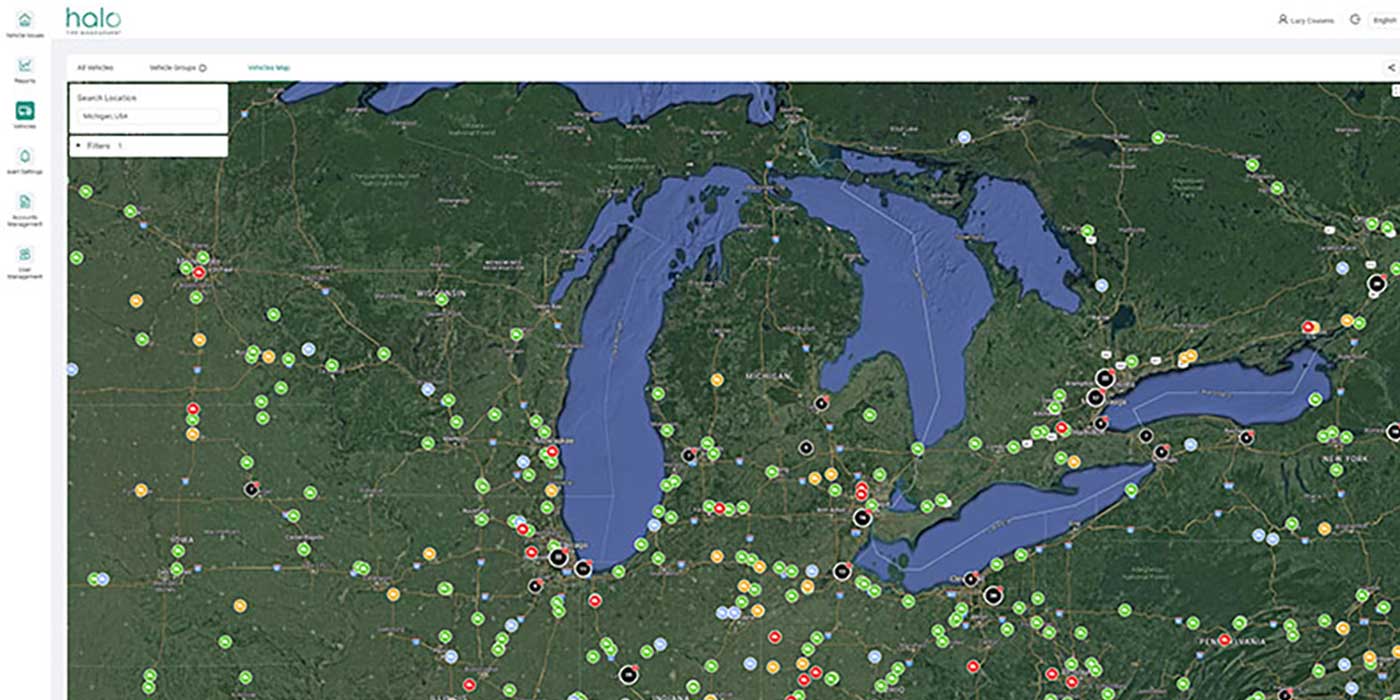Last month, I addressed the emission standards related to Greenhouse Gas 2017 (GH17). As a reminder, the U.S. Department of Transportation (DOT) and the Environmental Protection Agency (EPA) with support from the trucking industry, the State of California and leaders from the environmental community, developed a protocol that was initiated in 2014 to improve energy and national security, benefit consumers and businesses, reduce harmful air pollution, and lower costs for transporting goods while spurring job growth and innovation in the clean energy technology sector.
This month, I will focus on the fuel efficiency expectations side of this initiative. The program set fuel efficiency for three categories of medium- and heavy-duty trucks, which began in model year 2014. Certain combination tractors will be required to achieve up to approximately 20% reduction in fuel consumption and greenhouse gas (GHG) emissions by model year 2018, saving up to 4 gal. of fuel for every 100 miles traveled. For heavy-duty pickup trucks and vans, separate standards are required for gasoline-powered and diesel trucks. These vehicles will be required to achieve up to about 15% reduction in fuel consumption and greenhouse gas emissions by model year 2018.
Under the finalized standards, a typical gasoline or diesel powered heavy-duty pickup truck or van could save 1 gal. of fuel for every 100 miles traveled. Vocational vehicles—including delivery trucks, buses and garbage trucks—will be required to reduce fuel consumption by approximately 10% by model year 2018. These trucks could save an average of one gallon of fuel for every 100 miles traveled, the agencies claimed.
The next big challenge for the USA’s commercial vehicle sector is the implementation of Phase 2 Greenhouse Gas and Fuel Efficiency standards and the technologies and certification to achieve compliance, which are under consideration.
Speaking recently at the seventh Integer Emissions Summit & DEF Forum USA 2014, Matt Spears, center director, Heavy-Duty Diesel Standards at the Environmental Protection Agency provided a detailed update on Phase 2 as the development of the regulation gathers pace. He emphasized the problem of transportation in the United States with medium and heavy-duty vehicles responsible for 20% of Greenhouse Gas emissions and the number of heavy-duty vehicles on the road expected to increase by 70% by 2040.
Spears declared Phase 1 to have been a success and reported that reduced fuel consumption has saved 530 million barrels of oil, 270 metric million tons lower GHG emissions and $50 billion in fuel savings. This is proof that, for the last couple of years, truck makers and suppliers have been successful in finding ways to increase fuel efficiency, lower fuel consumption.
Since engine technology is at its maximum efficiency now, increased vehicle aerodynamic styling and fairings will be required. Despite the increased cost of vehicles with new technology to comply with the government mandates, we continue to hear that the benefits will be there for fleets.
We will continue to follow the progress of these initiatives and report back.














